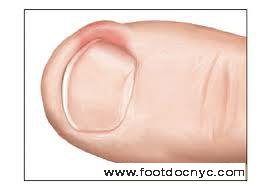Foot & Ulcer Wounds
By Isaac Tabari
Diabetics are quite often affected by foot ulcers due to neurologic and vascular complications.
Peripheral neuropathy can causes loss of sensation in the foot and /or leg. Similar to the feeling of a "frozen lip" after a dentist's anesthetic injection, the diabetic patient with advanced neuropathy looses all sharp-dull sensation. Trauma, cuts or injuries to the foot can go unnoticed for days in a patient with neuropathy. It's not unusual for a neuropathy patient tell you that the ulcer "just appeared" when, in fact, the ulcer has been present for a long time. There is no known cure for neuropathy, but glucose control has been shown to slow the progression of the neuropathy.
Charcot foot deformity occurs due to decreased sensation. People with "normal" sensations in their feet automatically determine when too much pressure is being placed on an area of the foot and are able to instinctively shift position to relieve this stress. A patient with advanced neuropathy does not have this important instinctive mechanism. As a result, tissue ischemia and necrosis occurs leading to ulcerations. Fractures in the bones of the foot go unnoticed and untreated, resulting in disfigurement, swelling and bony prominences.
Microvascular disease is a significant problem for diabetic patients and may also lead to ulcersations. Diabetes is also known as a small vessel disease. It is of vital importance that diabetics maintain close control on their glucose level, maintain a good body weight and avoid smoking in an attempt to reduce the onset of small vessel disease.
|









